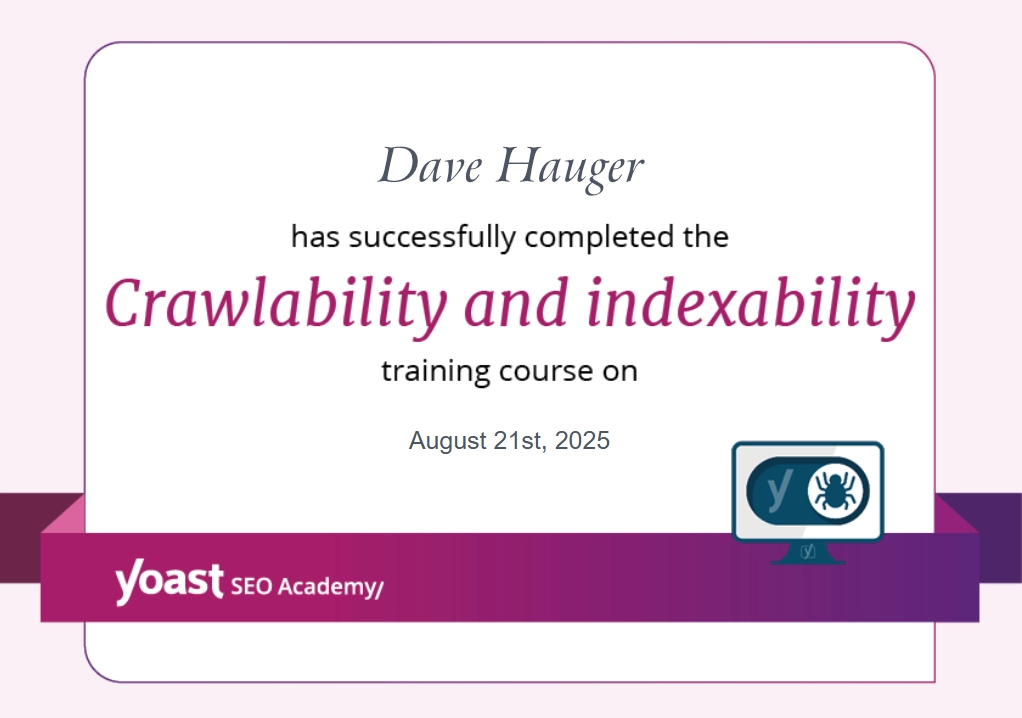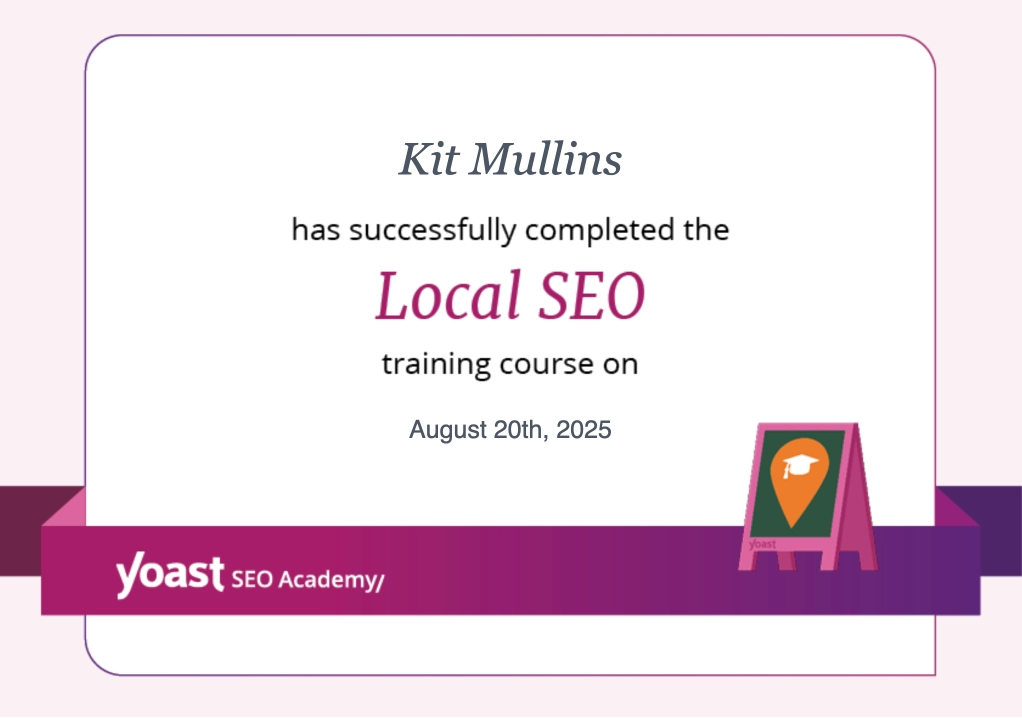Get Found. Stand Out From the Rest.
If your law firm has had a set-it-and-forget it web presence, make this your year to give that marketing philosophy another look. You will likely discover that certain tactics will increase the number of clients you serve, and ultimately increase your profits. As you assemble the key elements necessary to create a strong, professional brand in your market, it’s important to remember that the foundational component of your marketing plan is your website.
As you plan an online marketing strategy for your law firm, we recommend three fundamental ingredients. First focus your attention on your website. Then, create a strategy for a content development plan. Lastly, follow your content plan with a distribution plan.
Prepare to Make a Digital Marketing Plan for Your Firm.
Assess and Identify: What’s working and what’s not working?
Before you jump into a new digital marketing strategy for your law firm, before you think about revamping your website, before you create a social media post, take an assessment of your current site and see how well it has performed for you. Some pages likely have worked well to attract visitors to your website, and engaged them with a call to action.
Furthermore, some pages on your website likely get very little traffic and underperform. So look at your website analytics and let the data tell the story. If you don’t know how to do this, find an agency, like Jemully Media, that has the tools. A good agency can give you the information you need to understand the health of your current website. And they can deliver a diagnosis and a plan for a stronger future.
What questions should your website data answer?
The following questions should give your law firm some insight into how well your current website is accomplishing your marketing goals.
- How much traffic does your site get each month?
- Where does that traffic come from?
- Is the traffic generated from online search, links from other websites, or links to your website from social media?
- Which pages on your website receive the most traffic?
- Are there pages on your website that are not working for you? Could you add more keywords and content to help those pages perform better?
- Are there gaps in information that could be opportunities for generating new clients? Are there common questions that potential clients might ask in a search engine query that your firm could answer?
- What keywords could be more densely incorporated into the site to help improve your SEO?

Identify All of Your Audience
Once you have identified the good and the not-so-good about the performance of your current website, you can utilize that information as the basis of a new plan. The next part of the identification process calls for you to establish a clear picture of your potential clients. In determining your audience, do not forget that you may actually have multiple audiences, based on your firm’s areas of practice. As you enumerate the audience groups, keep in mind that each audience has its own unique questions. In answering these, you can get their attention. Make note of some of the questions that come to mind for each group. You can weave these questions into your marketing plan later in the process.
Create a Digital Marketing Plan for Your Law Firm: A 2-Step Process
In the following section, we introduce you to two steps in the process of creating a marketing plan. We will paint with pretty broad strokes and save the details for another post. This is not an exhaustive marketing plan. But it addresses the most important and foundational pieces. Pieces that take your firm a long way towards the success you envision. The two steps of planning can be relegated to two buckets: (1) your website, and (2) getting your website found. Another way of saying it is: (1) build your hub online, and (2) attract visitors to your hub using content.
PART 1 – Plan Your Website: Your Hub Online.
We begin with your website because it is the only place on the web where you will have total control and ownership of what is published about your firm. That’s why we refer to your website as your online “hub.” Everywhere else should be viewed more like rented property where you have to comply with the property owners’ terms and limitations. This is true of Facebook, Instagram, LinkedIn, law firm directory listings, and such.
Your website should consist of a multi-page custom-designed site that you own. Why do we recommend a custom-designed site as opposed to a pre-built GoDaddy, Wix, or Weebly website? It’s about your professional reputation. You are in the business to project an image of trust and authority. If you choose to represent your firm online in a canned, pre-fab package, you are communicating an image of quick-and-easy versus sturdy, reliable, and forward-thinking.
Consider WordPress
Our recommendation is to build your website on a WordPress platform. WordPress has 43% of the market share. According to W3Techs, that 43% translates to “a content management system market share of 65.3%.” The next closest competitor to WordPress is the eCommerce website platform with 6.7% of the market share.
Factors to consider in your web design
As you consider factors for your website design, user experience should be at the top of your list. Easy-to-navigate menus and a logical page hierarchy need to be well-planned with your web development team, as well as a selection of a professional and modern layout and typography. Lastly, in the development planning, be sure to request mobile responsiveness. While most people today use a combination of desktop device and a mobile device, Broadband Search points out that, as of early 2022, in terms of market share, mobile was commanding 56% of the global traffic. And that mobile trend will continue to rise.
What pages will you have on your website?
When you get to the place where you are planning out the pages of your site, it’s there that you’ll need to revisit the data from your existing website. Make an outline for the pages of your new site that keeps the content that worked well for you. Then add to the outline a list of revamped or new pages to fill the gaps of information that were left unaddressed on your old site.

PART 2 – Promotion: Plan how your law firm’s website will get found.
Once you know what information you want on your website and how you want to present it, you are ready to move to the next phase of your planning. You will determine how you will get your site in front of the various audiences of potential clients. There are fives ways your site can be reached. A visitor can:
- Type in the web address from a business card, billboard, or brochure
- Click a link from search results
- Click a link from social media
- Click a link from an email newsletter
- Click a link from a paid advertisement
Audience Specific
The first way visitors may reach your site is not a result of a digital communication. So we will not include direct access to your site in this discussion. The second, third, and fourth items in the list above are all “organic.” Organic marketing is also referred to as “inbound marketing.” The Business Department at the University of Alabama describes it thusly:
“Commonly referred to as inbound marketing, the organic approach is essentially the modern marketer’s way to utilize word-of-mouth messaging. The idea is to take advantage of social media and online search engines to share relevant content targeted to a specific audience.”
Think “Organic.” Think “Inbound.”
The benefits of organic, inbound marketing is that “51 percent of today’s website traffic comes from organic search and over 40 percent of revenue is the result of organic traffic.” Organic digital marketing is the most productive method when compared to direct access to your site and paid advertising. It is well worth the investment it takes to focus on a content-driven strategy that delivers solid results over time. You will find that the value of your content continues to increase and produce results year-after-year.
The last item on the list of ways to get visitors to your website is purchasing paid advertising. Paid digital advertising can be a tool to jump your website to the top of a search results page. However, for some consumers, paid digital marketing is sometimes skipped over. Some view paid ads as less trusted sources than the organic search results.
A Good Law Firm Marketing Plan Needs Content That Works
In this phase of lining out your digital marketing strategy, you will develop a plan for content creation. The fact of the matter is this. The more content you have on your site, the greater the keyword density you have on your your site. This in turn brings more opportunities for your content to appear in the Google search results, when your potential clients are using Google to deliver their search results. A thorough use of keywords within your content is important, as keywords serve as indicators to the search engine algorithm as to what your website and specifically your articles are about. This brings us to the topic of planning your content with search engine optimization (SEO) in mind.
On-Page SEO
SEO is vitally important to the viability of your website. SEO is best described as the process of helping your site stay visible to the major search engines so your practice can be found in the organic (not paid) searches. Each web page, and each blog article you will add, needs to be optimized with key words (as mentioned before), but also with other signals such as descriptions, and a hierarchal page structure that gives signals to Google, Bing, and Duck-Duck-Go. Because search engines regularly update their guidelines, it is important to monitor the latest changes to the search engine algorithm that determine which pages get to display. Then, as changes occur in the algorithm, your website may need to be tweaked to comply.
On-Going SEO
Once your website is live and you have pages on your site that tell about the firm, each attorney, and your areas of practice, we recommend a strategy of regular blogging. This is the inbound marketing, or content marketing, that we referred to earlier. When you consistently add new articles to your website, those articles signal Google that your site is not static. Google gives preference to websites that are updated frequently. Google also prefers websites that provide good, informative answers to queries that searchers ask. These articles that answer questions become a resource for potential clients who are looking for an attorney. Your website can become a go-to source of helpful information.
Develop a Plan for Distributing Your Content
Lastly, your digital marketing plan should culminate with a strategy for distributing your content. We recommend using various social media channels. These three elements, your web + your content + your social media, work together to exert a positive impact on your website’s search engine optimization, helping your firm stand out from the rest, and helping you to attract new clients. LinkedIn, Facebook, and even Instagram and Pinterest can be used as marketing tools to get your content in front of potential clients.
Maybe you are asking, “What should we post on social media?” It is always good to create social posts about your various services and the areas of law that your attorneys practice. Include some posts about your community and your attorneys’ community involvement.
Multi-Purpose Your Content
Most importantly, create posts from the content of your blog. This is where you will stand apart from the competition.
Why would your firm want to use social media at all? It’s back to Google. Google measures your presence on social media along with your followers’ engagement with your social media posts as part of their page ranking algorithm. Google tracks each time a social media post is clicked and a visitor comes to your website. Therefore, it is another must-have in the line-up of page rank tools.
Summary of the Steps to Creating a Law firm Marketing Plan
- Prepare for the plan by analyzing your current website. What’s working? What is not?
- Identify all of your audiences.
- List the pages your firm needs on its website.
- Determine how your website will get found.
- SEO – On-page keywords, description, and hierarchical layout
- Blogging – Long-term plan for inbound/content marketing
- Social Media – Distribution plan to build links back to your website
These few steps will help you build a solid marketing foundation for your firm. You will reap the benefits over time if you consistently add new content and push that content out to multiple social media platforms. It is a proven formula for success.












